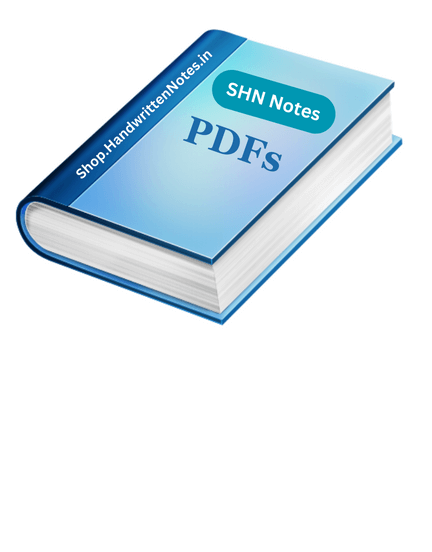Description
Language: English
Total pages: 8
Content list:
1. Describe a method each for preparing Quinolone and Isoquinoline and compare their properties.
2. Discuss following reactions in detail:
a. Fischer Indole synthesis
b. Hantzsch synthesis
c. Substitution reactions of Thiophene
d. Pall-Knorr and Knorr Pyrrole synthesis
e. Madelung synthesis
3. What is the reactivity order towards electrophilic substitution reaction in the five-membered heterocyclic compounds i.e. Pyrrole, Furan, Thiophene and Pyridine? Give reasons.
4. Give reasons:
a. Why is the lone pair of pyridine’s nitrogen atom not part of the aromatic ring?
b. Why is pyrimidine less basic than pyridine?
c. Why is the rate of nitration greater for thiophene than toluene?
BSc ORGANIC CHEMISTRY (Semester III) – Reaction mechanism of important organic reactions










Reviews
There are no reviews yet.